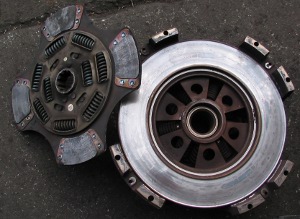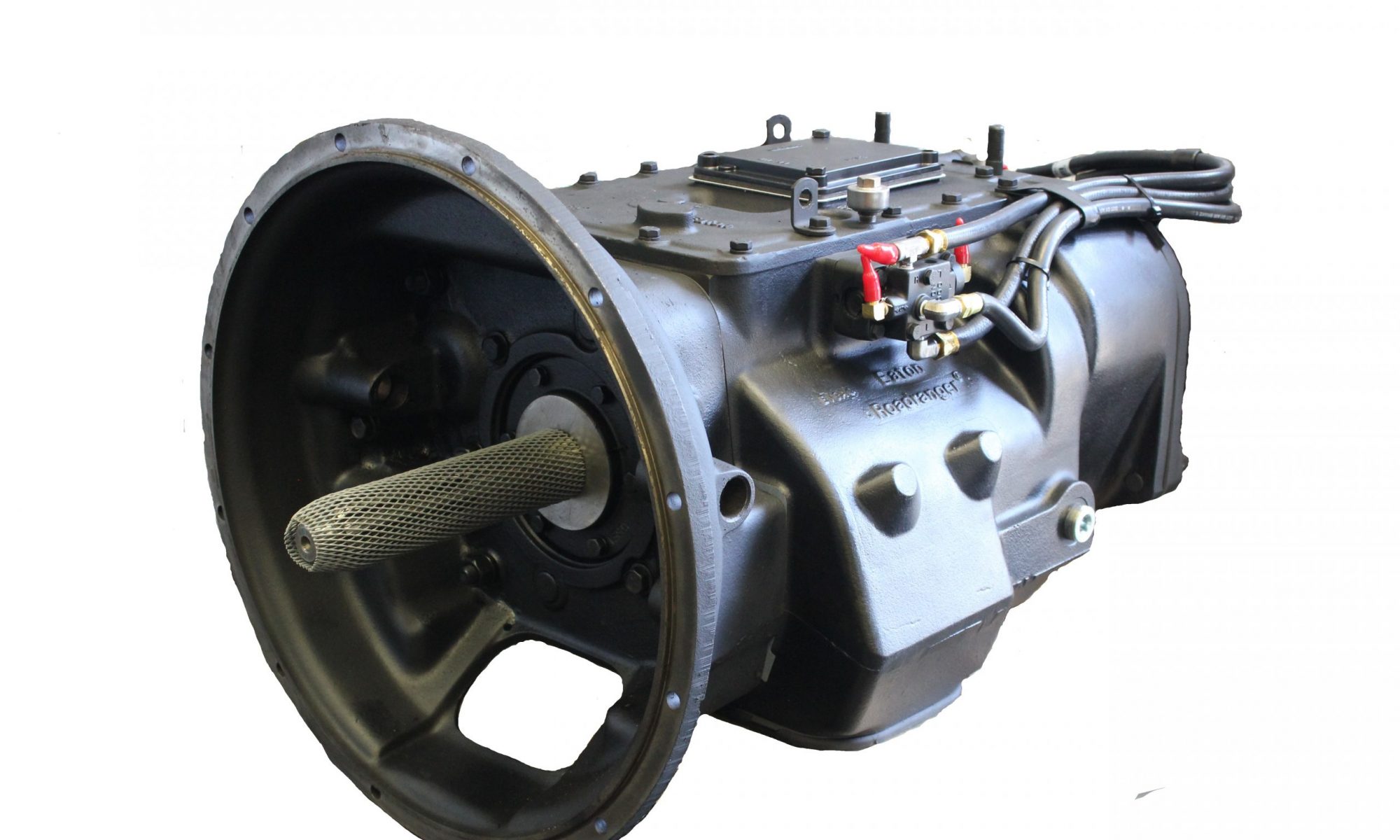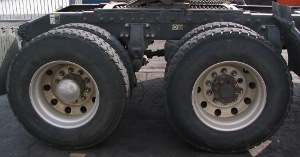 A dragging clutch can cause all kinds of problems, especially in a mid-range truck with a synchronized transmission. But what’s the easiest way to know if a clutch is not disengaging all the way?
A dragging clutch can cause all kinds of problems, especially in a mid-range truck with a synchronized transmission. But what’s the easiest way to know if a clutch is not disengaging all the way?
The simplest method is to start the truck with the clutch depressed and the transmission in gear — make sure there’s plenty of space both ahead of you and behind you! If the truck lurches when you try to start it, you probably have a sticking clutch.
If the truck doesn’t lurch, put the gear shift lever in neutral with the clutch depressed and shift the transmission into neutral. Do you hear grinding? Do you have toruble getting the transmission into reverse? Then you probably have a clutch that is hanging up.
If the gear shift lever goes into reverse easily or you just hear a quick “chirp,” then the clutch is probably working properly.

